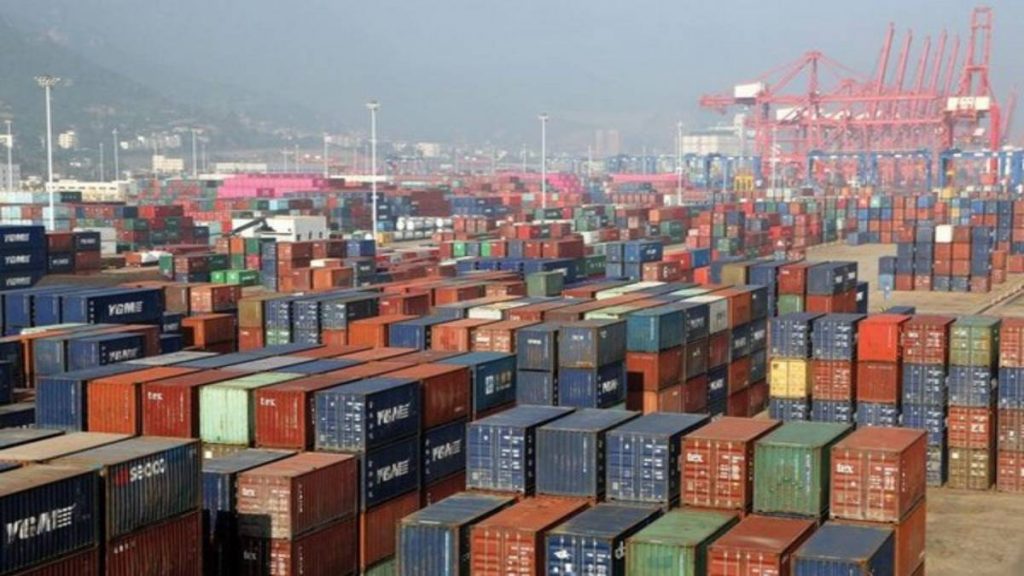India’s trade outlook for 2025 appears promising, with experts expressing optimism that the country is well-positioned to regain strong export momentum in the second half of the year, as global trade conditions show signs of stabilizing.
According to data shared by industry leaders and economists, India’s total exports—including goods and services—rose by 2.8% year-on-year in May 2025, reaching USD 71.12 billion, up from USD 69.20 billion in May 2024.
S.C. Ralhan, President of the Federation of Indian Export Organisations (FIEO), attributed this growth largely to the strong performance in services such as software, consultancy, and financial services. While merchandise exports dipped slightly to USD 38.73 billion, the sustained momentum in services played a key role in supporting overall trade performance.
“Exporters are adapting well to a tough global environment,” Ralhan said, citing challenges such as geopolitical disruptions in the Middle East. “The ability to maintain export growth amid logistical disruptions is a testament to the sector’s resilience and effective policy support.”
On the import side, merchandise imports declined to USD 60.61 billion, while total imports (including services) stood at USD 77.75 billion, slightly lower than USD 78.55 billion in May 2024.
Ralhan added that with global trade dynamics expected to stabilize in H2 of 2025, India could reclaim a robust export growth trajectory, especially if supportive policy measures continue.
Engineering exports, a key segment of India’s trade basket, have also shown resilience. Pankaj Chadha, Chairman of EEPC India, acknowledged a marginal decline of 0.8% in engineering goods exports, down to USD 9.89 billion in May 2025 from USD 9.97 billion a year earlier. Still, he stressed that the overall sector performance remains stable despite headwinds.
However, Chadha warned that geopolitical tensions, including the Israel-Iran conflict, could pose fresh challenges. “Potential disruption to crude oil supply and rising input costs, especially if the Strait of Hormuz is impacted, could weigh heavily on exporters,” he cautioned.
Aditi Nayar, Chief Economist at ICRA, highlighted a significant improvement in India’s merchandise trade deficit, which narrowed to USD 21.9 billion in May from USD 26.4 billion in April 2025.
This improvement, she noted, would help contain India’s current account deficit (CAD) for Q1 FY2026 to around USD 13 billion, or 1.3% of GDP. Nayar projected that if crude oil prices average USD 75/barrel through the rest of the fiscal year, the CAD for FY2026 could be limited to 1.2–1.3% of GDP.
While total exports saw a slight contraction in May, Nayar explained that this was primarily due to a decline in oil exports, whereas non-oil exports registered year-on-year growth for the second straight month. Key contributors included electronics, garments, chemicals, and marine products.
She also pointed out that lower imports of oil and gold helped further reduce the merchandise trade gap.
Despite lingering global uncertainties, industry leaders remain confident that India’s trade sector is resilient and well-placed to benefit from a recovery in international demand in the latter half of 2025.
